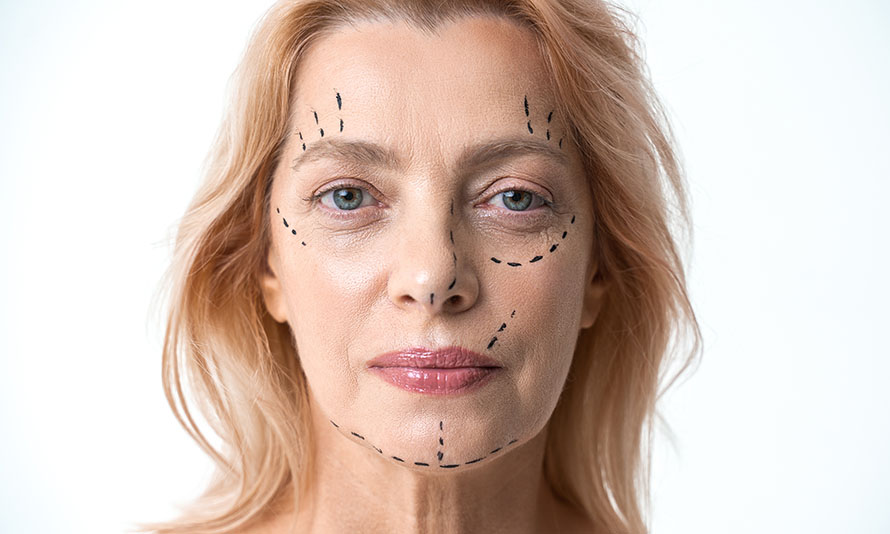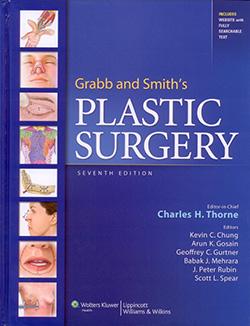
Of course there are patients who don’t receive the benefit they were looking for from a facelift (either because they had unreasonable expectations or the surgeon promised more than was possible) and there are patients who experience surgical complications, but a truly “botched” procedure where the surgeon did something incompetent is pretty rare. In this piece we’ll explore the different issues that might make a facelift patient unhappy including situations where the surgeon may have done too much or too little. Finally, facelifts don’t last forever so some patients may be unhappy because the beneficial effects from a facelift are starting to loosen up and disappear.
An experienced plastic surgeon such as Dr. Charles Thorne in New York City will listen to your history and examine you in detail to determine which category you fit into:
A facelift revision is a cosmetic plastic surgery procedure intended to improve the result from the previous facelift. Facelift revision may include a single procedure or a combination of different procedures.
The easiest revisions with the best possible results are the situations were the original surgeon did not do enough. Perhaps the cheeks were lifted but not enough attention was paid to the neck. Perhaps the face was lifted but the patient still has a sagging brow that detracts from the aesthetic result. In these cases the revision is usually very successful.
Some patients complain that they look too different after a facelift. In those cases it may be that the surgeon did too much such as remove too much fat, or grafted too much fat, or tightened the skin excessively. These situations are more difficult to revise but, in experienced hands, a revision may offer definite improvement.
As in any cosmetic or aesthetic procedure, the most common ‘complication” is a disconnect between what the patient expected and what the surgeon thought he/she could deliver. It’s like any relationship; communication is key. Some patients are better candidates for surgery than others and no amount of surgery will give them a perfect result. It is the patient’s responsibility to express his/her desires and it is the surgeon’s responsibility to communicate what can and cannot be done. It is not uncommon for a patient to say post operatively, “But look how my friend looked after her facelift!” It is very possible that the friend had a long, thin neck or a strong jawline or less sun damaged skin that accounts for her better result.
Any facelift will gradually loosen over time and different patients will want a second procedure after varying amounts of time depending on how picky they are about aging changes. In patients with a lot of excess skin in the neck, there may be some recurrence of skin excess after only 6 months. That is not because the facelift was poorly done; it is just because certain conditions can be improved but never “fixed.” Facelifts usually last 10-15 years before they need to be revised but this is only an average. If a patient has her first operation at age 40, it is usually because she objects to early aging changes. That patient will almost certainly have a second lift before age 50 because she is extremely concerned with her appearance. The patient who has her first operation at age 65 may never have a second facelift.
Now we get to a truly “botched” procedure. One of the more common mistakes are incisions that were not placed perfectly so they are visible or they distort the anatomy such as the earlobe or the sideburn or the hairline. Those situations can usually be improved. Other patients have a strange appearance because of the way the skin was redraped at the end of the operation. This situation can also be improved with a revision. One rare result of facelifting is chronic pain or tightness. Luckily this is very uncommon because a revision will not reliably improve that feeling.
As you can see above the answer is a definite MAYBE. A cosmetic plastic surgeon who specializes in revision facelifts may be able to improve imperfections from the original procedure. You’ll need a plastic surgeon with a lot of experience to help you sort out which of the above category you fit in.
If you want to know more about how facelift revision can address your dissatisfaction with your original facelift, schedule a consultation with Dr. Thorne.

Dr. Thorne is the Editor-in-Chief and the author of several chapters in Grabb and Smith's PLASTIC SURGERY, 7th Edition.
